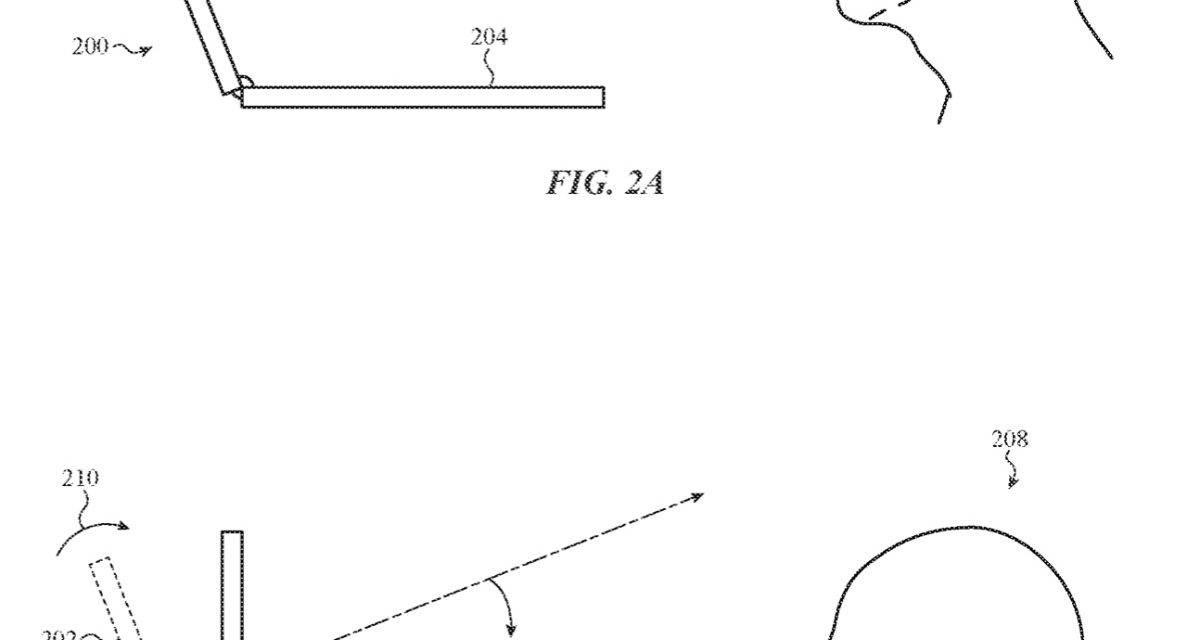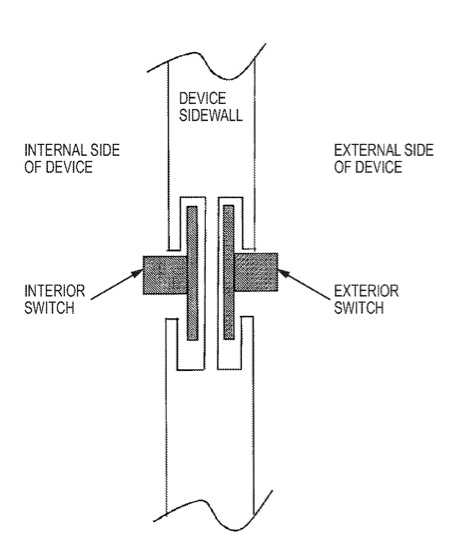Apple has filed for a patent (number 20210373610) for a “self-actuating hinge mechanism for electronic device.” It hints at future Mac laptops — and perhaps iPads with an attached, Apple-made keyboard — that would automatically adjust its tilt angle based on a user’s head position.
About the patent filing
In the patent filing, Apple notes that modern consumer electronic devices take many shapes and forms, and have numerous uses and functions. Devices such as laptop computers may include base portions that are coupled to display portions via a hinge mechanism or other flexible coupling.
Obviously, a user can open and close the laptop computer by moving the display portion relative to the base portion. In this way, the laptop computer can be made smaller and more portable for transport and/or storage. Other devices, such as tablet computers, may also be attached to accessories that facilitate rotation or pivoting of the tablet relative to the accessory. For example, a keyboard or a stand with a hinge mechanism or other flexible coupling may be removably attached to a tablet computer.
Apple’s idea is for a Mac laptop or iPad, via built-in cameras and sensors, to determine a “target position” for the screen based on the location of the user. I’m assuming this technology would adapt to an individual user such as Touch ID can be personalized for a person’s unique fingerprint. The new screen tech as described in the patent could also make it more likely that Face ID will come to the Mac.
Summary of the patent filing:
Here’s Apple’s abstract of the patent filing: “A notebook computer may include a display portion, a base portion, a hinge mechanism movably coupling the display portion to the base portion, an optical sensing system configured to capture an image of an object, an actuation system comprising a shape-memory alloy member coupled to the base portion and the display portion and configured to move the display portion relative to the base portion, and a processing system. The processing system may be configured to determine a target position for the display portion based at least in part on a location of the object in the image and cause the actuation system to actuate the hinge mechanism to move the display portion, relative to the base portion, from an initial position to the target position.”
Article provided with permission from AppleWorld.Today




